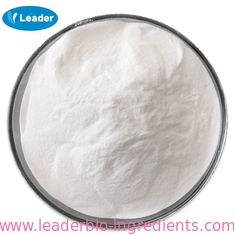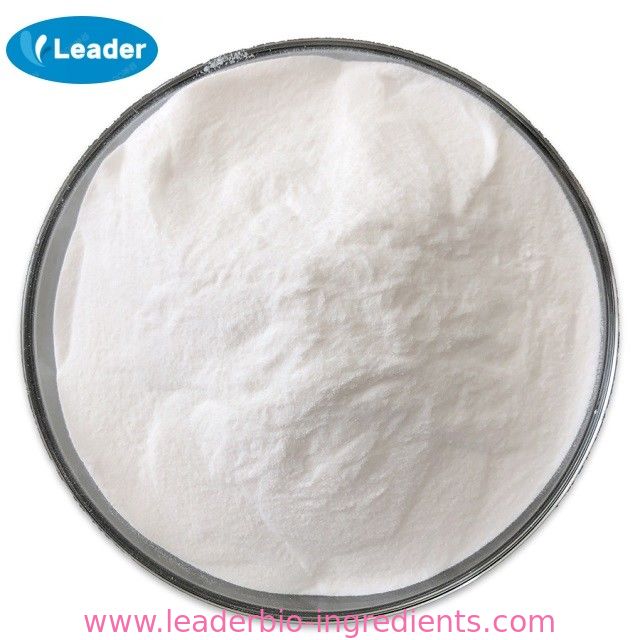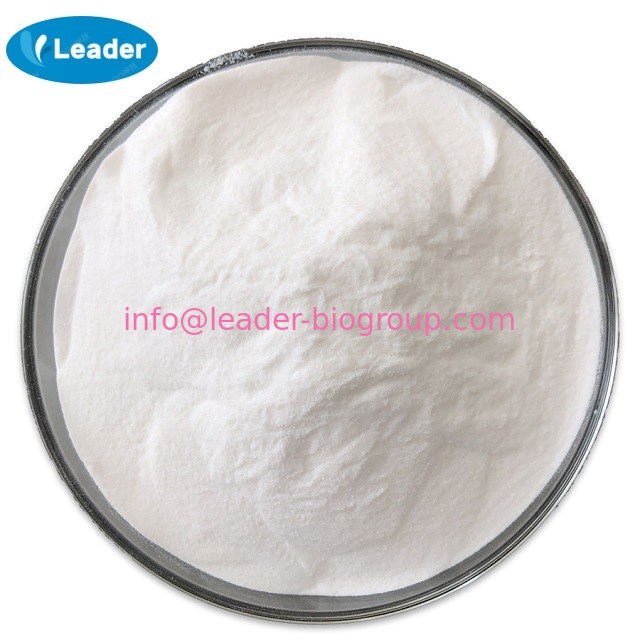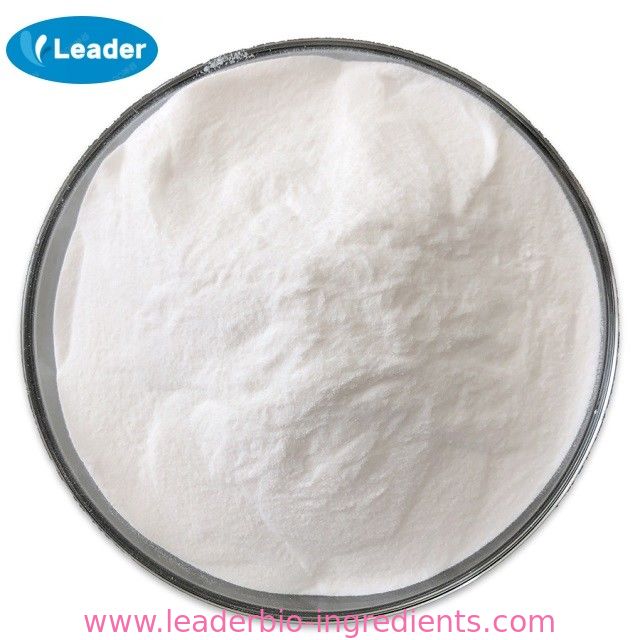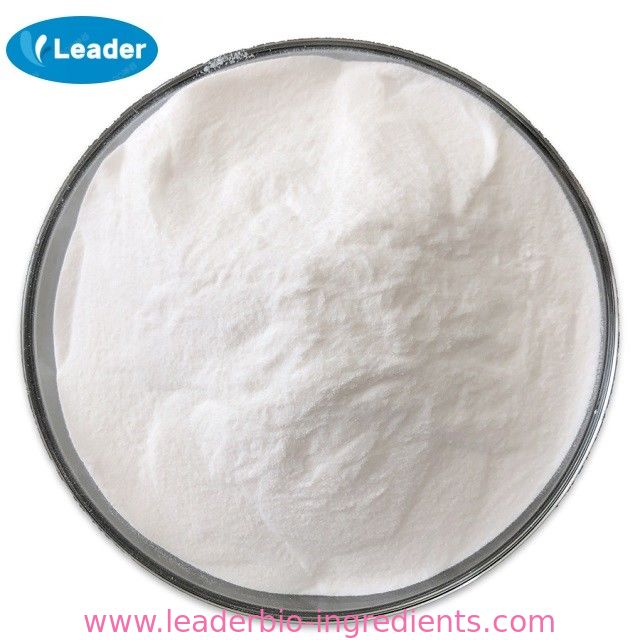| |
| L-Alanine Chemical Properties |
| Melting point |
314.5 °C (dec.)(lit.) |
| alpha |
14.5 º (c=10,6N HCl,dry sub.) |
| Boiling point |
212.9±23.0 °C(Predicted) |
| density |
1,432 g/cm3 |
| FEMA |
3818 | DL-ALANINE |
| refractive index |
1.4650 (estimate) |
| storage temp. |
Store at RT. |
| solubility |
H2O: 100 mg/mL |
| pka |
2.34(at 25℃) |
| form |
powder |
| color |
White to almost white |
| PH |
5.5-6.5 (100g/l, H2O, 20℃) |
| optical activity |
[α]20/D +14.0±1°, c = 5% in 5 M HCl |
| Water Solubility |
166.5 g/L (25 ºC) |
| λmax |
λ: 260 nm Amax: ≤0.03
λ: 280 nm Amax: ≤0.02 |
| Merck |
14,204 |
| BRN |
1720248 |
| Stability: |
Stable. Incompatible with strong oxidizing agents. |
| InChIKey |
QNAYBMKLOCPYGJ-REOHCLBHSA-N |
| CAS DataBase Reference |
56-41-7(CAS DataBase Reference) |
| NIST Chemistry Reference |
Alanine(56-41-7) |
| EPA Substance Registry System |
L-Alanine (56-41-7) |
| |
| L-Alanine Usage And Synthesis |
| Description |
Alanine (also called 2-aminopropanoic acid, α-aminopropanoic acid) is an amino acid that helps the body convert the simple glucose into energy and eliminate excess toxins from the liver. Amino acids are the building blocks of important proteins and are key to building strong and healthy muscles. Alanine belongs to non-essential amino acids, which can be synthesized by the body. However, all amino acids may become essential if the body is unable to produce them. People with low-protein diets or eating disorders, liver disease, diabetes, or genetic conditions that cause Urea Cycle Disorders (UCDs) may need to take alanine supplements to avoid a deficiency. Alanine has been shown to help protect cells from being damaged during intense aerobic activity when the body cannibalizes muscle protein to produce energy. Alanine is used to support prostate health and is important for the regulation of insulin.
L-alanine is the L-enantiomer of alanine. L-alanine is utilized in clinical nutrition as a component for parenteral and enteral nutrition. L-alanine plays a key role in transferring nitrogen from tissue sites to the liver. L-Alanine is widely used as nutrition supplements, as sweetener and flavor enhancer in the food industry, as flavor enhancer and preservative in the beverage industry, as intermediate for medicine manufacturing in pharmaceutical, as nutritional supplement and sour corrective agent in agriculture/animal feed, and as intermediate in manufacturing of various organic chemicals. |
| References |
[1] http://www.ajiaminoscience.com/products/manufactured_products/l-amino_acids/L-Alanine.aspx
[2] http://www.foodchemadditives.com/applications-uses/1500
[3] http://www.vitaminstuff.com/amino-acid-alanine.html |
| Chemical Properties |
A white, odorless powder having a sweet taste |
| Chemical Properties |
White crystalline powder |
| Occurrence |
Natural constituent of protein in plants and animals; found in apple, beef, carob, pea, soybean, wine and zucchini |
| Uses |
Alanine is an amino acid that can act as a skin-conditioning agent. It is usually used in combination with other amino acids. |
| Definition |
ChEBI: The L-enantiomer of alanine. |
| Preparation |
Anthrobacter oxydans HAP-1 hyper produces DL-alanine in a nongrowth-associated manner. |
| Safety Profile |
Mutation data reported. When heated to decomposition it emits toxic fumes of Nox |
| Purification Methods |
Crystallise alanine from H2O or aqueous EtOH, i.e. crystallise it from 25% EtOH in water, or recrystallise it from 62.5% EtOH, wash it with EtOH and dry it to constant weight in vacuo over P2O5. [Gutter & Kegeles J Am Chem Soc 75 3893 1953, Walsh J Biol Chem 264 2394 1989.] 2,2'-Iminodipropionic acid is a likely impurity. [Beilstein 4 IV 2480. 2481.] |
| |
| L-Alanine Preparation Products And Raw materials |
|
|
